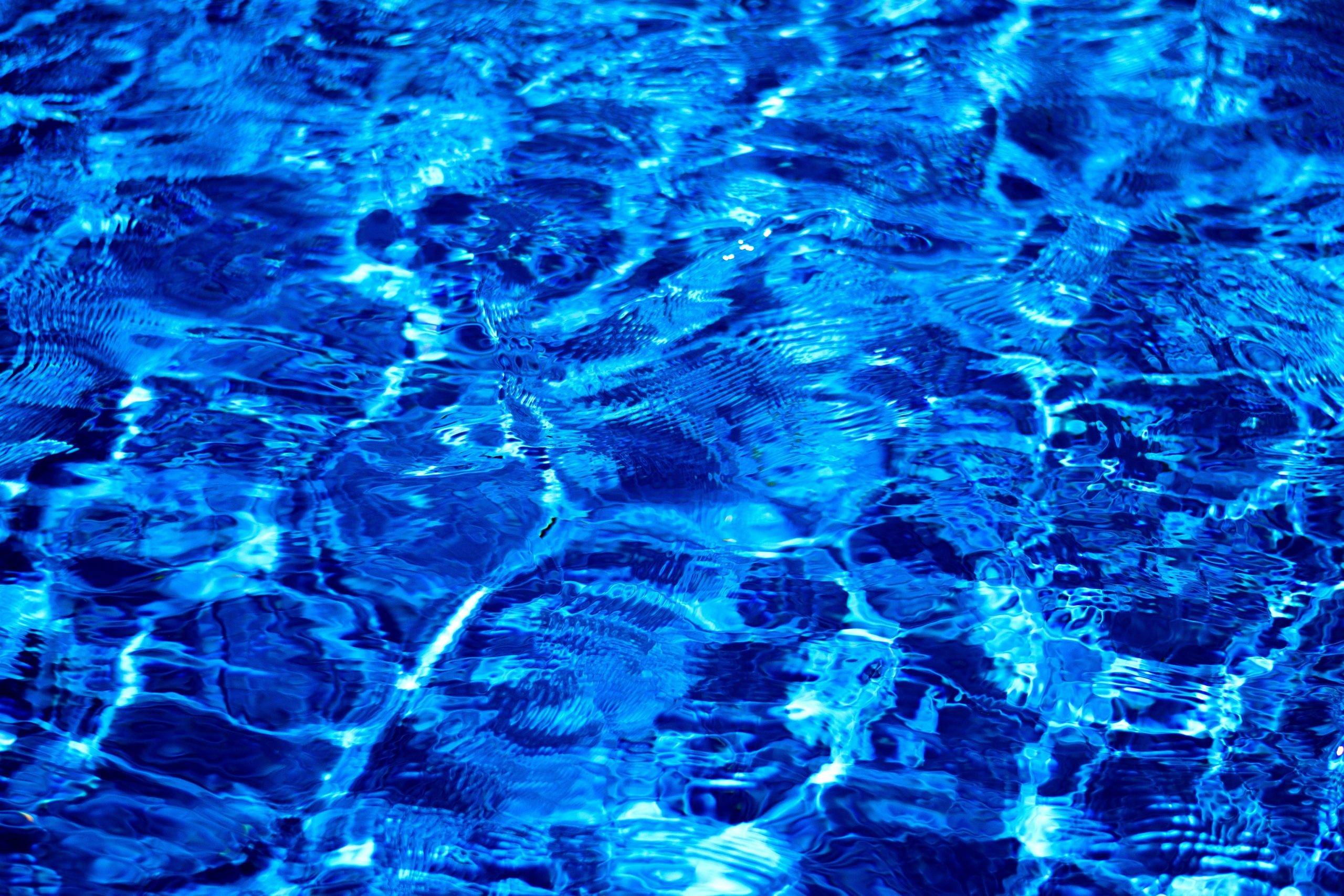- Jun 17, 2019
- 20
- Pool Size
- 14000
- Surface
- Plaster
- Chlorine
- Salt Water Generator
- SWG Type
- Hayward Aqua Rite (T-9)
Anyone ever had calcium hardner not get hot? I just opened a new bag and mixed it with pool water in the same proportion i usually do, 1lb with half of a 5 gallon bucket and it didn't warm up. Also, typically after i stir for about 5 minutes the water is cloudy and this batch was clear. Any ideas? The Calcium Chloride looks like normal - white flakes. Pool water is 79F.
Last edited:















